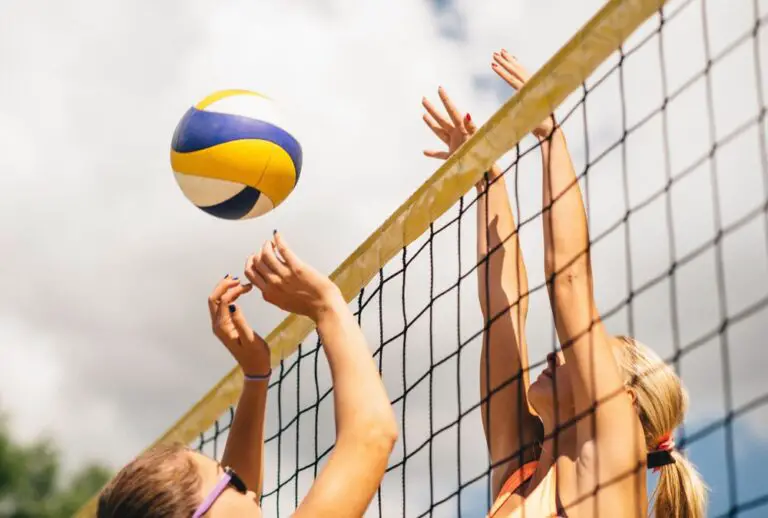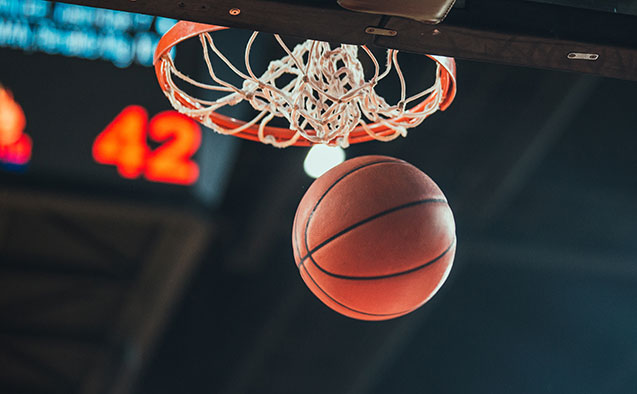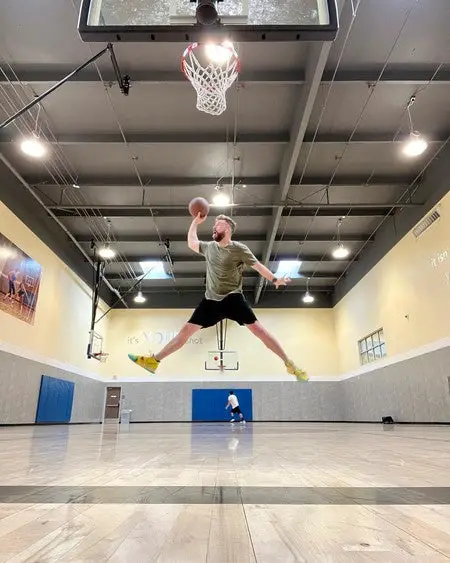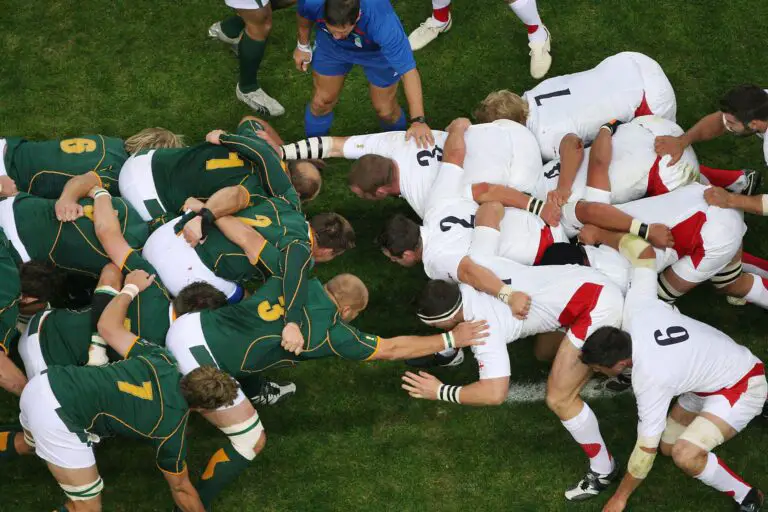What Does a Setter Do in Volleyball: Mastering the Art
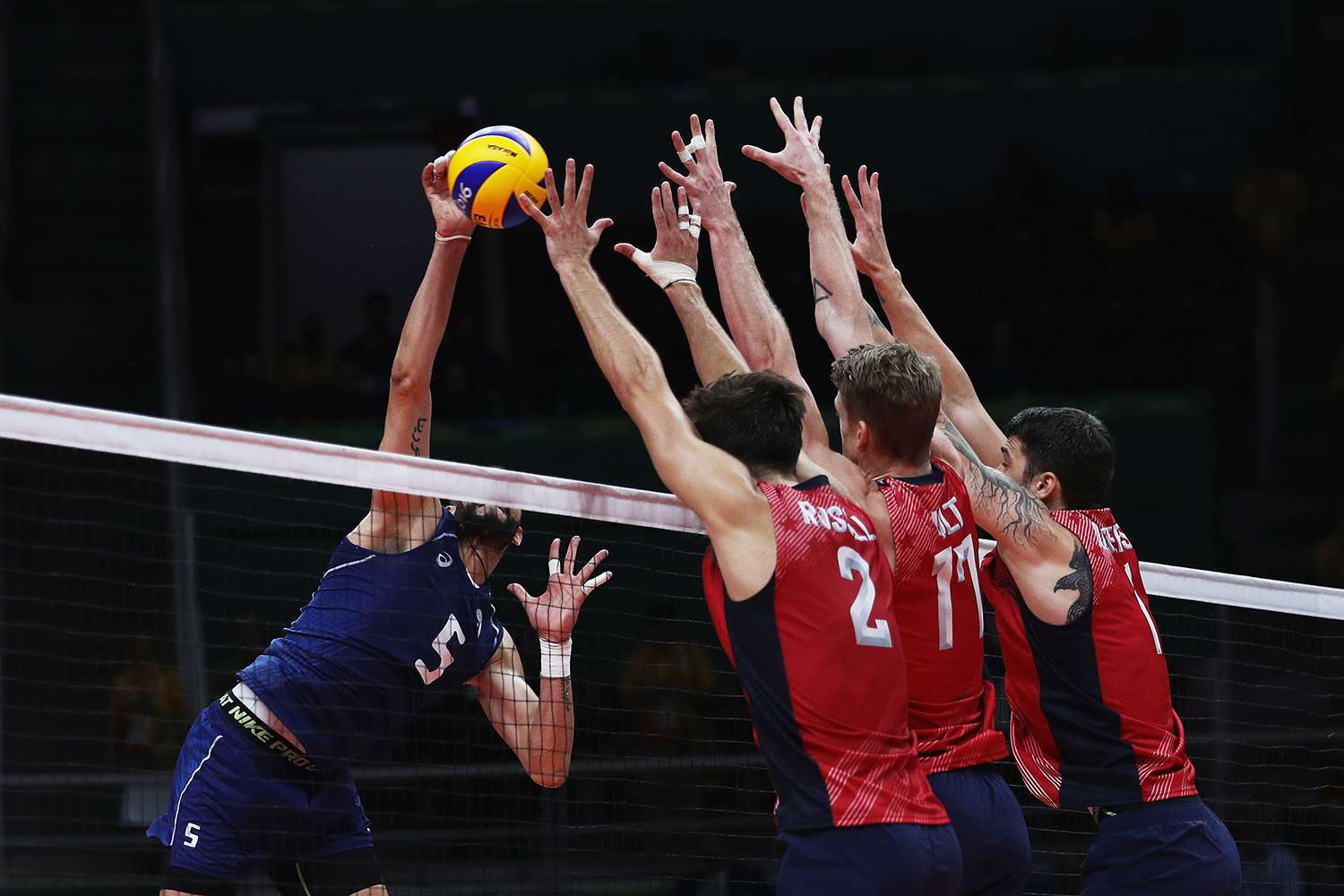
A setter in volleyball is responsible for setting up the ball for their teammates to attack. They play a crucial role in coordinating the offensive plays and setting the ball in the right position for a successful attack.
In volleyball, the setter is an essential position that requires precision and strategic thinking. The setter’s primary responsibility is to receive the second touch and set the ball for a hitter to spike. This key position involves decision-making and quick reactions to provide the best possible set for the hitter.
Setters also need to communicate effectively with teammates and analyze the opposing team’s defense to make split-second decisions. Their skills are crucial in determining the team’s success in scoring points and winning games. A proficient setter can make a significant impact on the team’s performance, making them a valuable asset in volleyball.

ROLE OF A SETTER
In the game of volleyball, a setter plays a crucial role in setting the offense and creating scoring opportunities for the team. A setter is responsible for setting the ball up for their teammates to attack. This requires excellent skill, decision-making ability, and quick thinking on the part of the setter. Let’s take a closer look at the role of a setter and the impact they have on the game.
SETTING THE OFFENSE
As a setter, a key responsibility is setting the offense for your team. This involves receiving the pass from the defense and delivering an accurate set to your hitters. The main objective is to provide your teammates with a perfect ball that they can attack effectively. This requires precise technique and coordination, as the ball must be set at the optimal height and location for the hitter to make a successful attack.
Setting the offense involves several important tasks, including:
- Reading the defense: The setter needs to analyze the positioning and movements of the opposing team’s blockers and defenders to make the best decision on where to set the ball.
- Communication: Good communication with the hitters is essential to ensure they are in the right position and ready to attack.
- Timing: The setter must have precise timing to deliver the set at the right moment, allowing the hitter to make an effective attack.
- Variety: A skilled setter knows how to mix up their sets, providing different tempos and angles to keep the opposing team off balance.
CREATING SCORING OPPORTUNITIES
Another important aspect of a setter’s role is creating scoring opportunities for their team. By setting the ball accurately and creatively, the setter can deceive the opposing team’s defense and create openings for their hitters to exploit. This requires strategic thinking and the ability to adapt to the situation at hand.
Some techniques used by setters to create scoring opportunities include:
- Dump set: In certain situations, the setter may choose to surprise the defense by quickly redirecting the ball over the net themselves for a point.
- Quick sets: By delivering lightning-fast sets to their hitters, setters can catch the opposing blockers off guard and allow their hitters to attack before the block is fully formed.
- Back sets: A setter can set the ball in a backward direction, allowing the hitter to approach the ball from a different angle and potentially find a gap in the defense.
- Combo plays: Setters can execute complex combinations with their hitters, involving quick passes and coordinated attacks to confuse the defense.
In conclusion, the role of a setter in volleyball is vital to the success of the team. They not only set the offense but also play a significant role in creating scoring opportunities. A skilled setter can make a profound impact on the game, guiding their team to victory with their precise and innovative sets.
SKILLS REQUIRED
HAND-EYE COORDINATION
Volleyball setters need excellent hand-eye coordination to accurately receive the ball and deliver precise sets to their teammates. This skill enables them to make split-second adjustments and direct the ball to the intended target with consistency.
DECISION-MAKING ABILITIES
Setting in volleyball demands quick decision-making abilities as the setter must analyze the game flow, anticipate defensive strategies, and select the most effective setting options to outmaneuver the opposing team. The ability to make rapid and accurate decisions under pressure is crucial for a successful setter.
STRATEGIES USED
In volleyball, setters employ various strategies to execute plays effectively, contributing significantly to their team’s offensive tactics. Understanding the different strategies used by setters is crucial for mastering this pivotal role on the court. Let’s delve into some of the key tactics commonly employed by volleyball setters.
QUICK SETS
Quick sets are a fundamental strategy utilized by setters to catch the opposing team off guard. By swiftly delivering the ball to the hitter, setters can exploit gaps in the defense, often leading to successful scoring plays. The rapid execution of quick sets requires sharp reflexes and impeccable timing from the setter, as well as precise communication with the hitters.
DUMPING THE BALL
Another effective strategy utilized by setters is the act of dumping the ball. This tactic involves deceiving the opposing blockers by quickly and unexpectedly redirecting the ball over the net, catching the defense off balance. Dumping the ball can create scoring opportunities, especially when the opposing team is anticipating a set to the hitters.
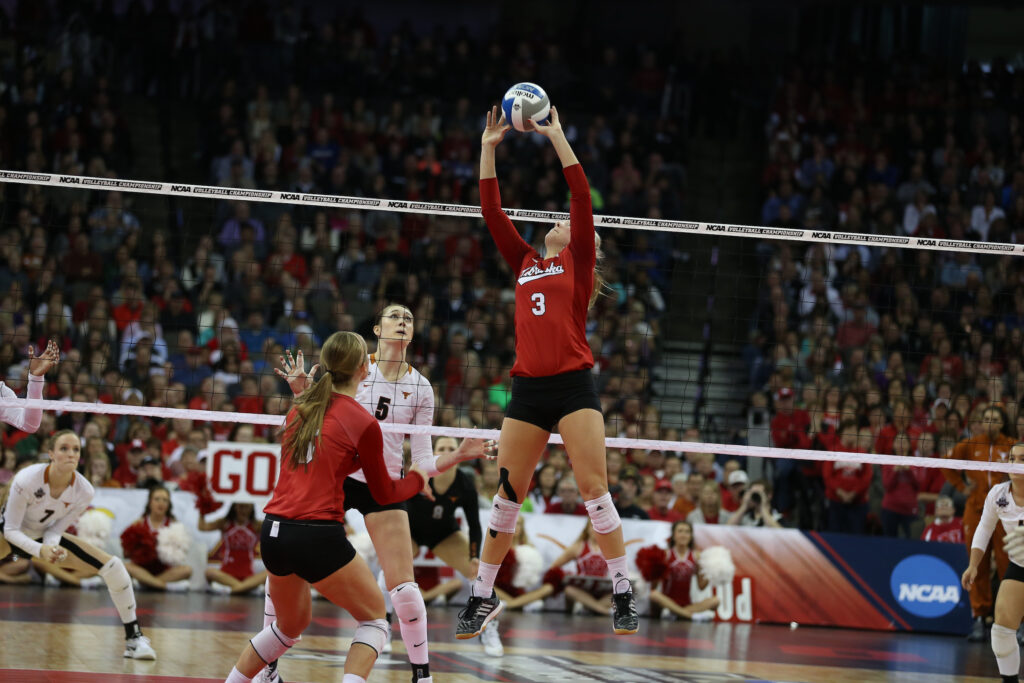
TRAINING AND PRACTICE
When it comes to volleyball, the setter plays a crucial role in orchestrating the team’s offense. They are responsible for delivering precise and accurate sets to their teammates, setting them up for powerful attacks. To excel in this position, setters must undergo rigorous training and practice.
DRILLS FOR IMPROVING SETTING TECHNIQUE
One of the key focuses of a setter’s training is improving their setting technique. Here are some drills that can help setters sharpen this essential skill:
- Setting against a wall: Setters can practice their accuracy by standing facing a wall and repeatedly setting the ball against it, aiming to hit the same spot each time.
- Three-step setting: This drill involves taking three quick steps toward the ball before executing a set. It helps setters develop proper footwork and timing.
- Partner setting: Setters can work with a partner to simulate game situations. They take turns setting and receiving, focusing on executing precise and consistent sets.
- Setting targets: Setters can set specific targets on the court, such as cones or hoops, to improve their accuracy and control.
CONDITIONING FOR ENDURANCE
Playing the setter position requires significant endurance, as they are constantly moving and executing quick sets throughout the match. Here are some conditioning exercises that can help setters improve their endurance:
- Interval sprints: Setters can incorporate interval sprints into their training regimen to build stamina and speed. They can sprint for a certain distance, then walk or jog to recover before sprinting again.
- Court suicides: This drill involves running from one sideline of the court to the other and touching the floor at each end. Setters can perform multiple repetitions to enhance their conditioning.
- Plyometric exercises: Jumping exercises like box jumps or burpees can help strengthen the leg muscles and improve explosive power, crucial for setters when jumping to deliver high sets.
- Endurance setting: Setters can practice continuously setting the ball for an extended period of time, gradually increasing the duration as their endurance improves.
FAMOUS SETTERS IN VOLLEYBALL
Exploring the world of volleyball, setters play a crucial role in orchestrating successful plays and setting up their teammates for scoring opportunities. Let’s delve into some of the standout setters in the history of this dynamic sport.
HISTORICAL ICONS
Setting the stage for greatness, historical icons in volleyball have left an indelible mark. Their precision and strategic playmaking revolutionized the game.
- Anatasia Guerra: Known for her impeccable sets and leadership on the court.
- Yuriy Panchenko: A legendary setter celebrated for his unmatched skill and vision.
- Yumilka Ruiz: A trailblazer in women’s volleyball, setting new standards for excellence.
MODERN-DAY CHAMPIONS
Today’s setters continue to redefine the game, showcasing agility and innovation with each set.
- Maja Ognjenović: An elite setter with a keen eye for creating scoring opportunities.
- Micah Christenson: Setting new benchmarks in precision and technique on the court.
- Tijana Bošković: A rising star whose sets are a testament to skill and strategy.
CHALLENGES FACED
Being a setter in volleyball comes with its own set of unique challenges that players must navigate through. These challenges can range from physical limitations to mental pressures, making the role of a setter both demanding and rewarding.
HEIGHT DISADVANTAGES
Setters often face height disadvantages compared to their taller teammates. This can make it challenging for them to effectively block the opponents at the net.
PRESSURE IN CRUNCH MOMENTS
When the game is on the line, setters experience immense pressure to make split-second decisions that can ultimately determine the outcome of the match.
FREQUENTLY ASKED QUESTIONS FOR (WHAT DOES A SETTER DO IN VOLLEYBALL)
WHAT IS THE ROLE OF A SETTER IN VOLLEYBALL?
A setter is responsible for setting up attackers and running the team’s offense efficiently.
HOW DOES A SETTER CONTRIBUTE TO TEAM PERFORMANCE?
Setters play a crucial role in coordinating offensive plays, decision-making, and creating scoring opportunities.
WHAT SKILLS ARE ESSENTIAL FOR A VOLLEYBALL SETTER?
Skills that setters need include good hands, precise decision-making, setting accuracy, communication, and strategic thinking.
WHY IS THE SETTER CONSIDERED THE QUARTERBACK OF THE TEAM?
The setter is like the quarterback in football, as they lead the team’s offense by setting up attacking plays effectively.
CONCLUSION
The role of the setter in volleyball is crucial for the success of the team. From precise ball placement to ensuring effective communication and coordination with teammates, the setter plays a vital role in the game strategy. Their ability to make split-second decisions and deliver accurate sets can greatly impact the outcome of the match.
So next time you watch a volleyball game, pay close attention to the setter and appreciate their skills in orchestrating the team’s offense.

